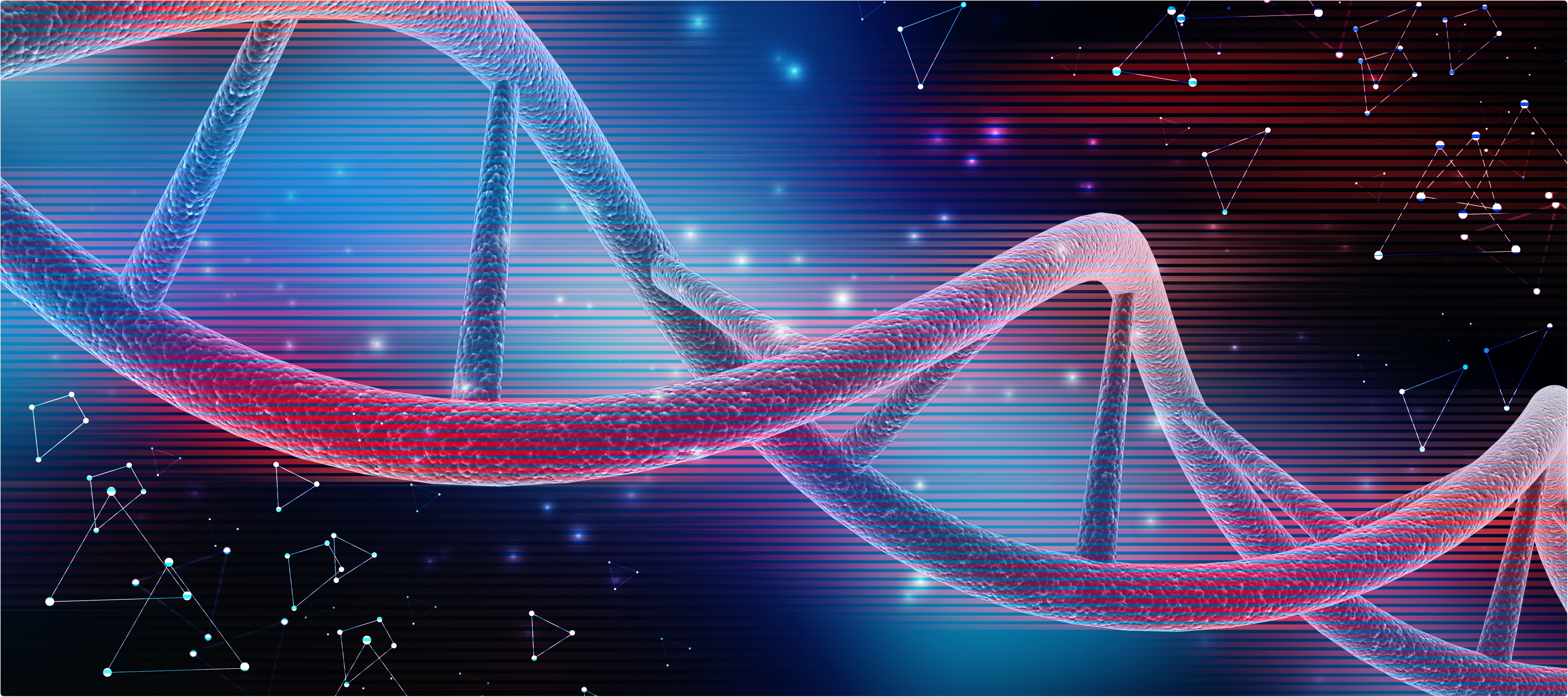Researchers predicted that there would be approximately 20,000 protein-coding genes when the human genome sequence was revealed two decades ago. Till now, researchers discovered evidence for over 18,000 of them. The “dark proteome” includes the remaining proteins, as well as altered proteins and the proteins with unidentified structures and functions.

Image Credit: ranjith ravindran/Shutterstock.com
A feature story in Chemical & Engineering News, an independent news publication of the American Chemical Society, explains how researchers are searching for these hidden proteins.
According to senior editor Laura Howes, researchers have discovered traces of just over 90% of the proteins indicated to exist using mass spectrometry and other analytical techniques. Some of these unknown proteins may play critical roles in health and disease, but they may go undetected because they are demonstrated infrequently, at low levels, or only in specific tissues.
Conversely, these proteins may lack features—like trypsin digestion sites—that enable detection by current techniques.
Researchers have been developing novel strategies to prepare samples for mass spectrometry, such as digesting proteins with enzymes other than trypsin, but the outcome is not assured, and yet there are other regions of the dark proteome to discover.
One dark region contains “known” proteins in various forms and modifications. Messenger RNA from a single gene can be fused in a variety of ways, yielding different versions, or “isoforms.” Protein isoforms can perform slightly different functions in various parts of the body. Proteins can also be chemically altered in a variety of ways, such as by adding sugar molecules or methyl groups.
Scientists are exploring improved analytical tools to investigate this area of the dark proteome more thoroughly. Another area contains proteins with unknown formations or features. Artificial intelligence (AI)-based methods are assisting in the prediction of some dark structures, which researchers hope will provide key information to the functions of the proteins.
Gene silencing experiments and AI algorithms that predict protein interaction partners can also provide information about the function. Experts believe that there may still be areas of the dark proteome that scientists are unaware of, which will keep researchers interested in these unanswered questions for upcoming years.